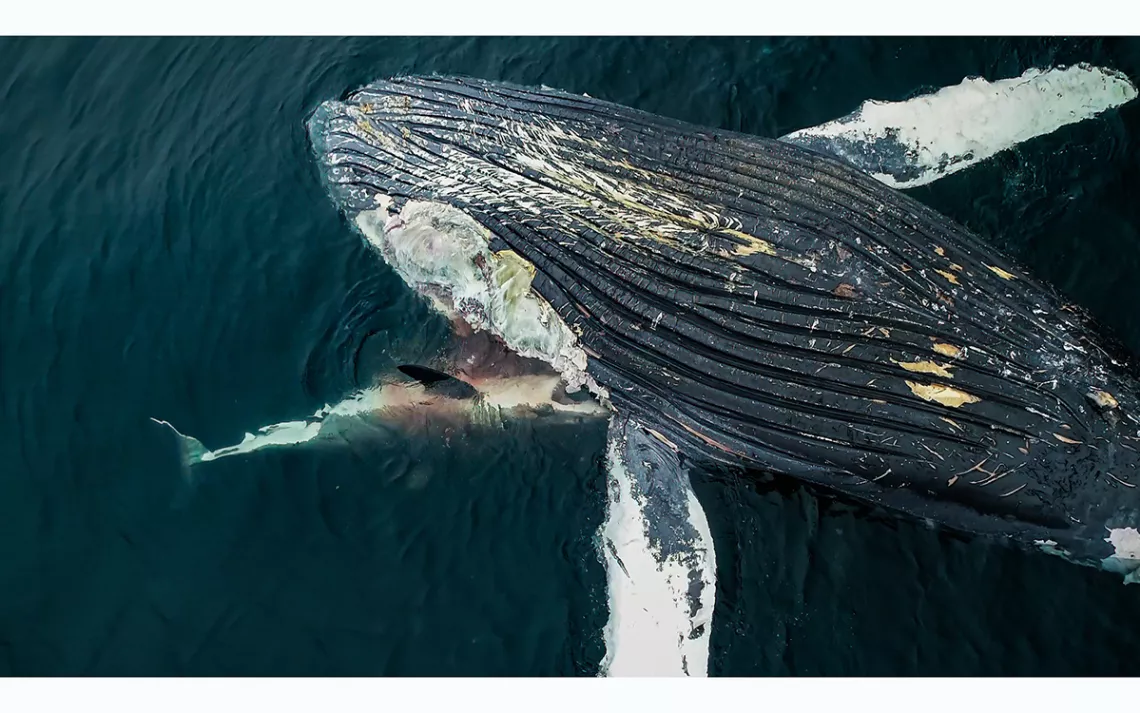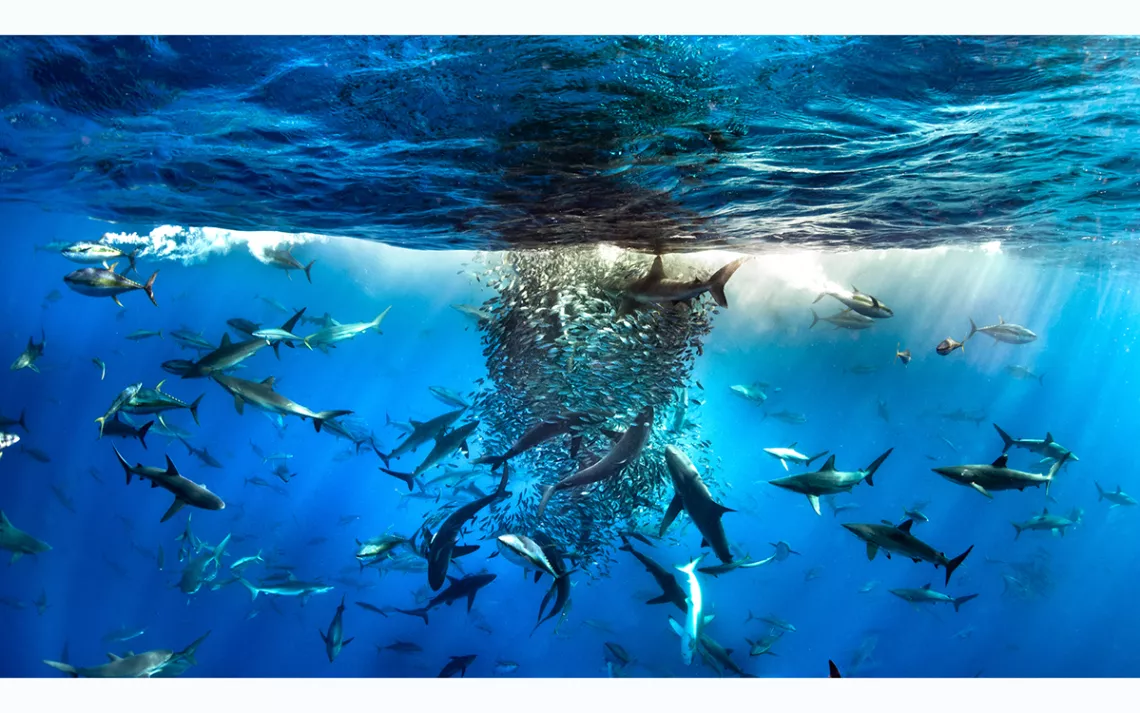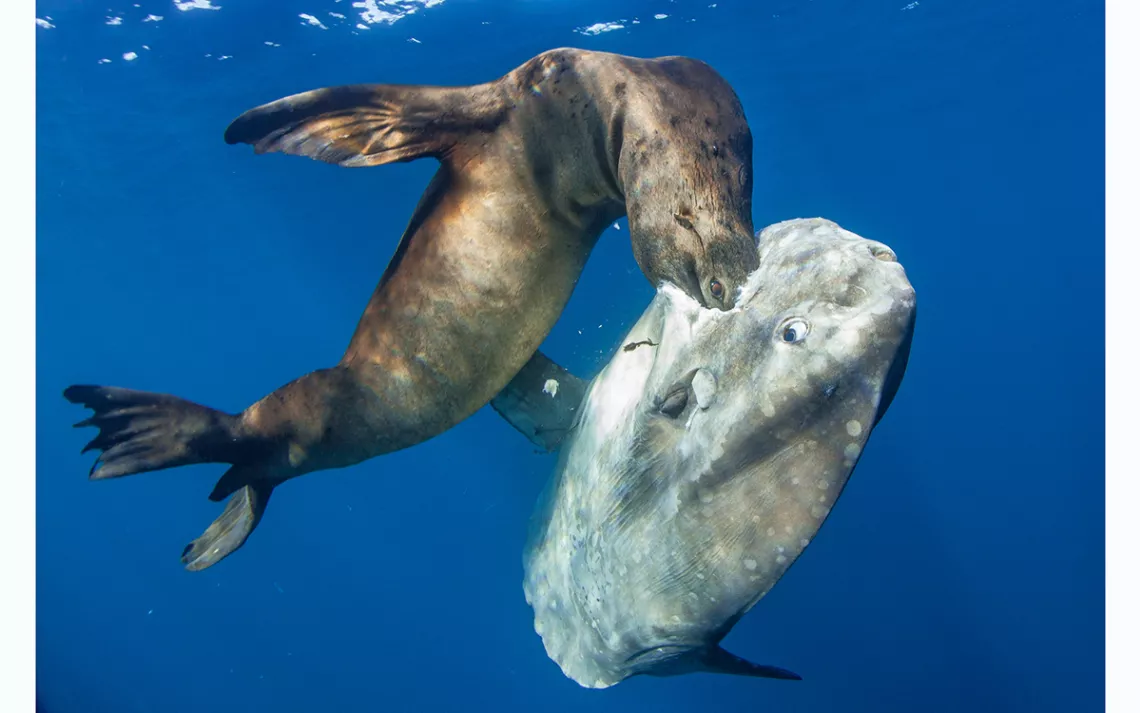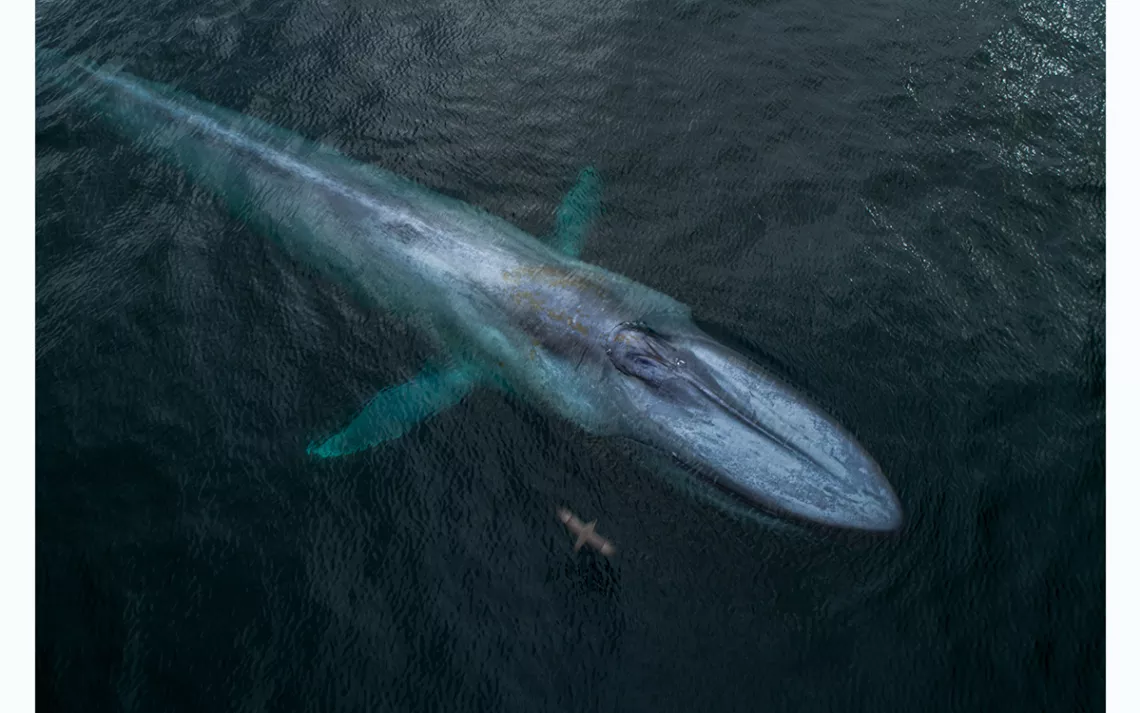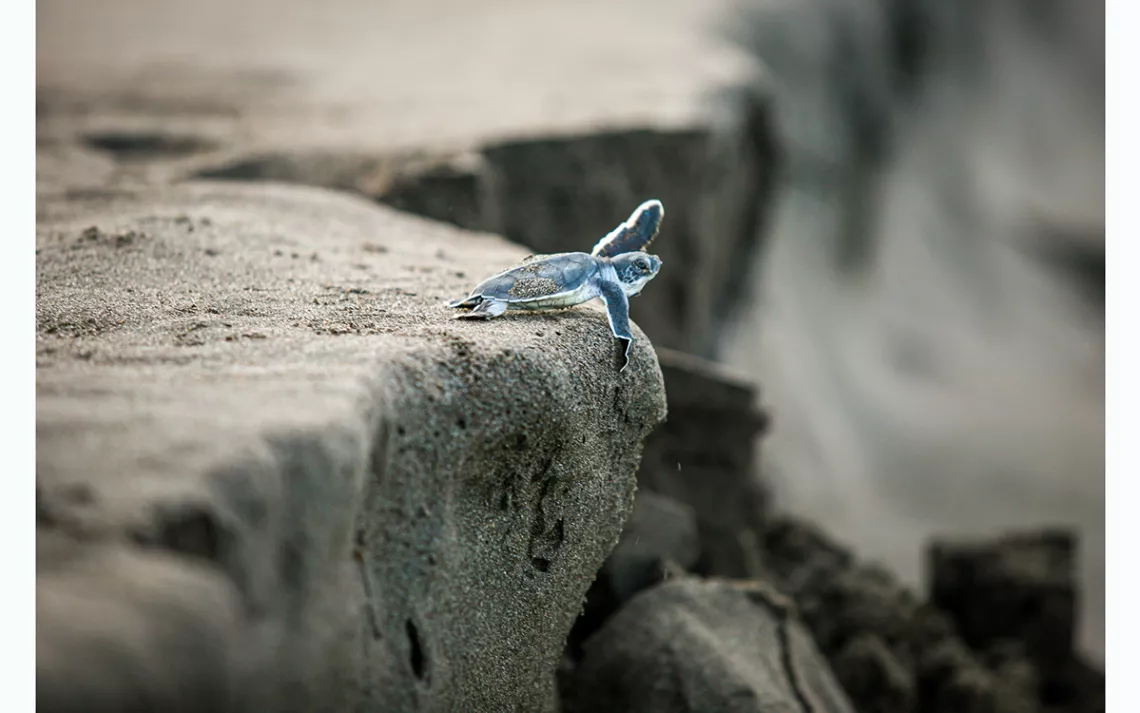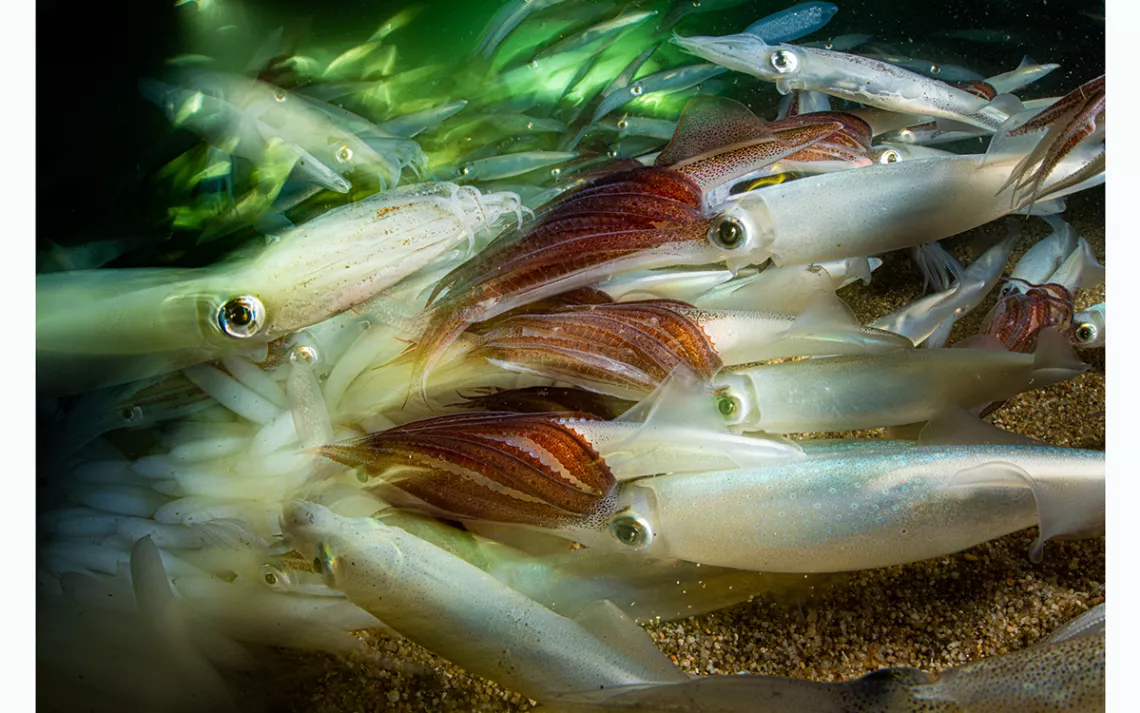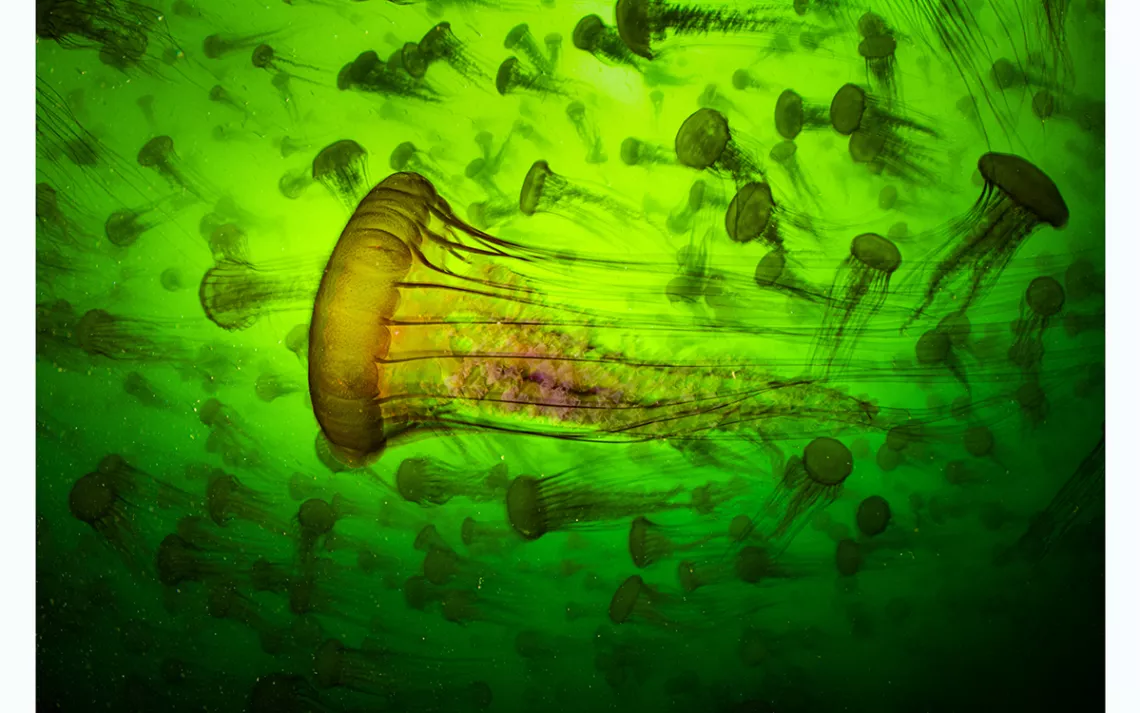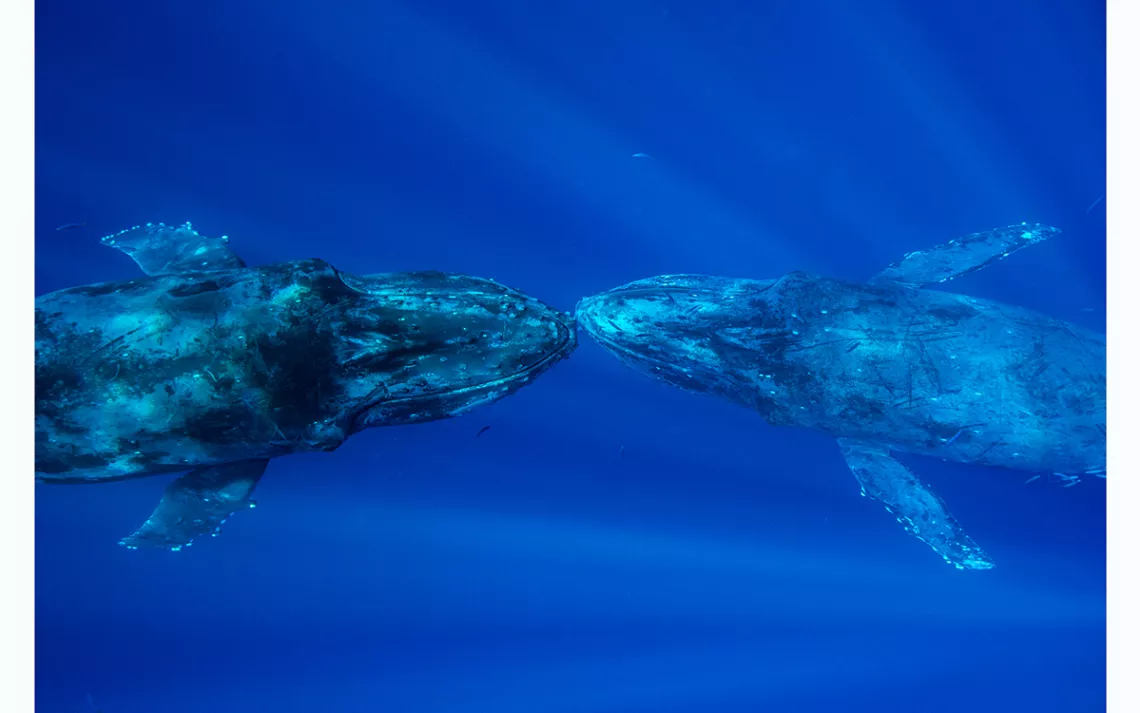In Photos, Ralph Pace Speaks the Language of the Sea
The underwater photographer sees himself as a science interpreter
Photos by Ralph Pace
Ralph Pace often pours through his photographs while sitting in a homemade Windsor chair in his converted California garage. Surrounding him, among heaps of diving gear and waterproof cameras, are the expansive collections of his marine travels: swordfish bills and bathymetry maps, abalone shells and abalone irons.
Pace calls this his other office, the comfortably cluttered cove to which he returns after long voyages and reporting assignments. Images come to life here, many of which are hung on the garage’s crowded walls.
What Pace considers to be his primary office is a much simpler and peaceful place: the sea.
Back in 2009, Pace’s big-league soccer career in Australia was coming to an end. Burdened by injuries on the field, he switched terrains and began diving along the country’s coastal coral reefs. He loved the freeing experience so much that he traveled to Indonesia and did the same.
During these early travels, it never occurred to him to pick up a camera. But the more he dove, the more fascinated he became with the marine ecosystems he was observing.
In 2012, Pace returned to school to study marine conservation at the Scripps Institution of Oceanography. His research focused on locations where tourism and natural ecosystems converged. This led him to Puerto Escondido, Oaxaca, Mexico, in April 2013, home to rich aquatic biodiversity and one of the world’s most famous surf breaks.
There, he studied a proposed marina project that threatened to destroy much of coastal Oaxaca’s mangrove lagoons, American crocodile habitats, aquatic bird ecosystems, and sea turtle nesting beaches—all this, potentially lost to development, Pace calculated, for $8 million to $10 million per year from tourism.
With this figure and the help of NGOs, Pace rallied with environmental activists to help stall the development, one that to this day has not been built. It was also around this time that Pace began noodling with a camera, a gift from his brother that came with an accompanying note—“Prove it.”
“I was telling everyone that this place is gorgeous, this place is perfect, but these are just words,” Pace said. “Show them something! So, I started taking some pictures.”
Not long after, on another Scripps research trip to Costa Rica, Pace photographed freshly hatched sea turtles as they wandered away from ocean waters toward the bright lights of nearby buildings. With his photos, Pace went door to door and helped convince building owners to dim their lights so the hatchlings could find their way to sea.
“You quickly realize that by being able to show somebody photographs, you can have a much greater impact,” Pace said.
Pace describes himself as a “science interpreter,” and he spends much of his time accompanying scientists on research expeditions, documenting, for example, the geographic range of great white sharks off the Californian coast, or massive sea star die-offs. He prides himself on learning the complexities of natural phenomena and then communicating this via his images in a way that everyone can understand. He likens the process to turning a complicated scientific paper into an ultra-colloquial translation.
“I can understand what the guy in the high chair is saying, and now I have to be able to spread it around to people,” Pace says. “Imagery allows people in the front door on their terms, and by the end of it you hope you’ve crafted a message so they can leave with a little bit of understanding.”
Nearly a decade after he received the gift of his first camera, Pace is no longer tempted to take thousands of photos, or capture “anything that moves.”
“Sometimes I go out on boats with fishermen for two weeks and I get two or three pictures,” he says. “I’ll swim and take four photos, all for lighting.”
Pace is particularly dedicated to documenting the impacts of climate change, like when he ventures into the shadowed understory of floating kelp systems—a habitat he calls “underwater rainforests”—and photographs the hungry urchins that are proliferating in a warming ocean.
For three months out of the year, Pace lives in Maui, where he is a student in what he calls “whale school,” taught by perhaps the world’s foremost expert on humpback whale research, Flip Nicklin. With Nicklin, Pace dives almost daily to learn about and record whales’ often surprising behavior and routines.
On one spring dive in 2018, a humpback mother placed her calf on her nose and nudged it in Pace’s direction, perhaps seeing the underwater photographer’s presence as an opportunity for a lesson in sociability. The encounter allowed Pace to get an up-close glimpse of mother and baby nursing. On another day, Pace observed a male and female pair hold their breath together deep below the surface, lips-to-lips as if kissing, before coming up together for air. An apparent exercise in energy conservation, Pace still likes to think they spent their day “reciting telepathic love poems.”
And on other dives still, more simple moments capture Pace’s eye: the way sun rays scatter through bubbles underwater; two whales floating vertically, perhaps engaging in a courtship dance; the effusion of hazy milk clouds from mother whales to their offspring; the power of a humpback breaching the surface.
When Pace witnesses moments like these and is able to present the world with an image that illustrates something new about humpbacks or marine life, he knows he is fulfilling his brother’s original mandate. “How cool is it,” he says, “to know the world is different than everyone else thinks it is?”
 The Magazine of The Sierra Club
The Magazine of The Sierra Club
